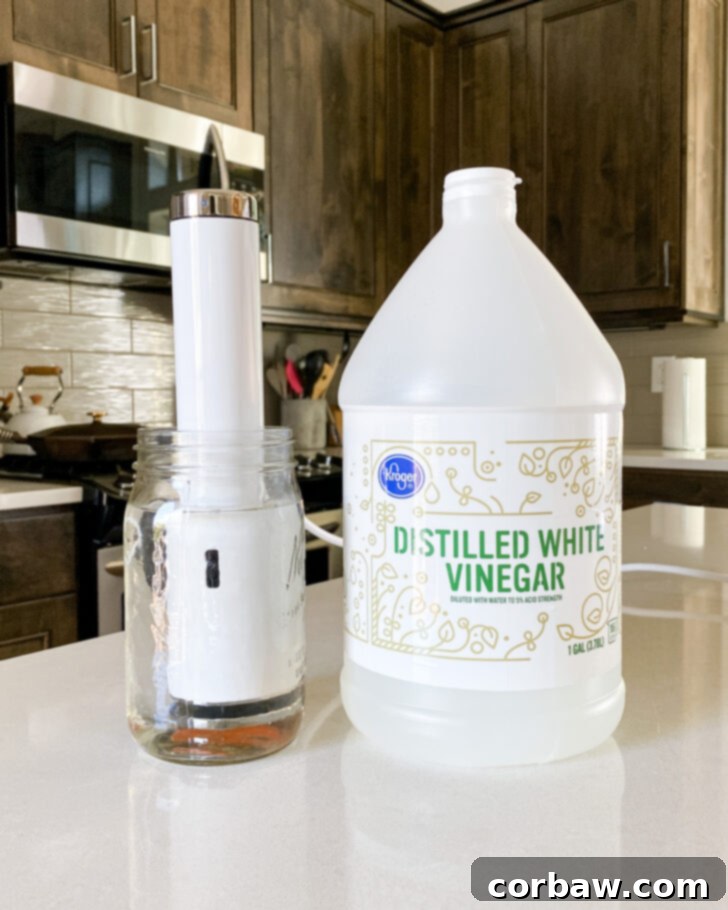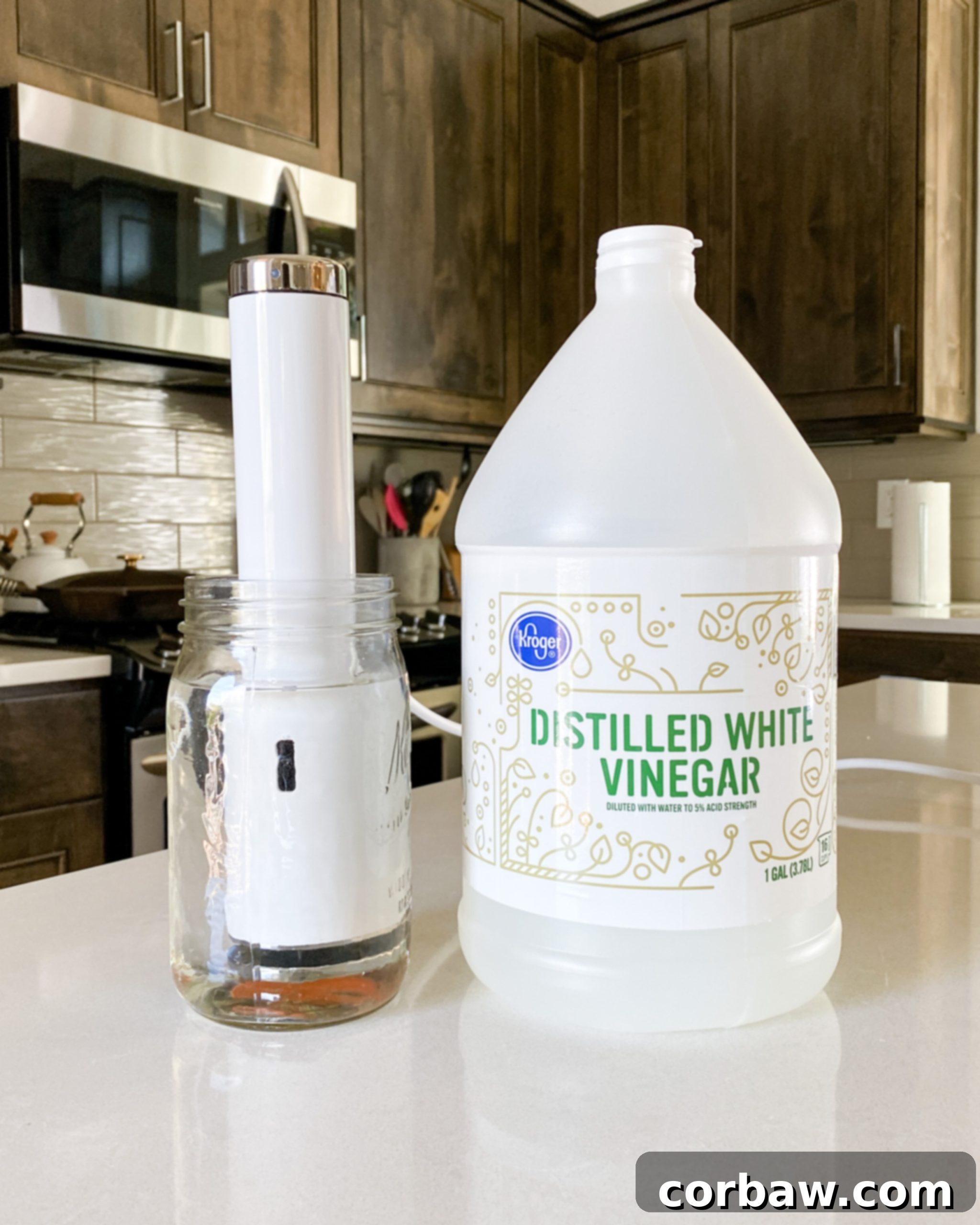Ultimate Guide to Cleaning Your Immersion Circulator: Maintain Your Sous Vide for Longevity & Performance
For any enthusiastic home chef dedicated to the art of sous vide, maintaining your equipment is paramount to achieving consistent, delicious results. While often overlooked, the regular cleaning of your immersion circulator is a crucial step for both its longevity and optimal performance. Fortunately, this essential maintenance task is remarkably straightforward and doesn’t demand frequent attention, especially when you practice good habits. Keeping your sous vide machine pristine ensures it continues to deliver the precise temperature control that makes this cooking method so exceptional.

If you’re new to the world of precision cooking and an “immersion circulator” is a foreign term, it’s a good time to familiarize yourself with the fundamentals of sous vide cooking. Understanding how your circulator works will highlight why its proper care is so important for perfect culinary outcomes.
Many online guides may suggest complex disassembly for a thorough cleaning, but for the average home sous vide enthusiast, such detailed stripping down of the device is usually unnecessary and potentially risky. Attempting to dismantle your unit without proper knowledge could lead to damage or void its warranty. This guide focuses on a simple, effective, and safe cleaning method applicable to most popular immersion circulators available today, including models from Breville Joule, Anova, and Anova Nano. For larger, professional-grade machines, such as certain high-end PolyScience units, always refer to the manufacturer’s specific instructions for maintenance and care.
The Importance of Cleaning Your Immersion Circulator
An immersion circulator operates by precisely heating and circulating water, creating a stable temperature environment for your food. However, prolonged use, even in seemingly clean water, can lead to two primary issues that hinder performance and shorten your device’s lifespan:
- Mineral Buildup (Limescale): Depending on your tap water’s hardness, minerals like calcium and magnesium can accumulate on the heating element and other internal components. This creates a white, chalky residue known as limescale. Limescale acts as an insulator, forcing your circulator to work harder to heat the water, decreasing its efficiency, and potentially causing overheating or early failure of the heating element.
- Food Particle Accumulation: Despite careful sealing, accidents happen. A ruptured sous vide bag, a cracked jar, or even a tiny pinhole leak can introduce food particles, oils, or sugary liquids into the water bath. These contaminants can get drawn into the circulator’s pump mechanism, leading to blockages, reduced circulation, foul odors, or even bacterial growth if not addressed promptly. This not only affects the hygiene of your cooking but can also damage the mechanical parts of your device.
Regular cleaning effectively combats these issues, safeguarding the precision, hygiene, and durability of your sous vide equipment.
When to Clean Your Immersion Circulator for Optimal Performance
The frequency of cleaning depends on several factors, including how often you use your circulator and the hardness of your local water supply. Generally, if you practice good post-cook habits—like promptly draining and refilling your water bath instead of letting water sit—you won’t need to clean it too often. Here are the key indicators and recommended intervals for cleaning:
- Every Six Months for General Maintenance: For most regular users, a deep clean every six months is an excellent routine. Many find it convenient to mark their calendars for specific months, like October and April, ensuring the circulator is in peak condition before or after heavy cooking periods. This proactive maintenance prevents major buildup before it can impact performance.
- Immediately After a Leak: Should your sous vide bag unexpectedly fail, a canning jar break, or its contents leak into the water bath, a thorough cleaning is imperative. For instance, if you’re making a rich sous vide cheesecake and notice a leak, the dairy and sugar can quickly foul your circulator. Immediate action prevents bacteria and minimizes potential damage to the device’s internal components.
- Upon Visible Limescale: If you observe any white, scaly deposits on the metal parts of your circulator, such as the heating coil or pump housing, it’s a clear signal that descaling is overdue, regardless of your last cleaning date.
- Noticeable Performance Issues: If your circulator takes longer than usual to reach the target temperature, struggles to maintain a consistent temperature, or produces unusual noises, limescale buildup or trapped debris might be the cause. A comprehensive cleaning often resolves these issues.
